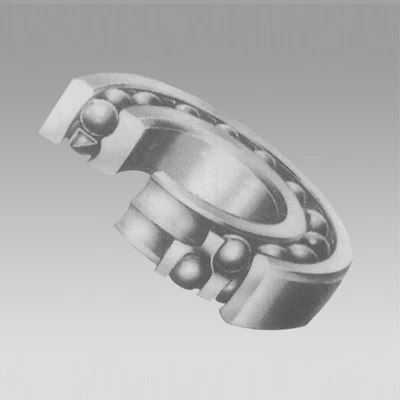
נוב . 24, 2024 04:34 Back to list
tapered roller bearing vs spherical roller bearing
Tapered Roller Bearings vs. Spherical Roller Bearings A Comprehensive Comparison
When it comes to industrial applications, the selection of bearings plays a pivotal role in the efficiency and performance of machinery. Two popular types of rolling element bearings are tapered roller bearings and spherical roller bearings. Each type has its unique advantages, disadvantages, and specific applications, making it crucial to understand their differences to choose the right one for your needs.
Tapered Roller Bearings
Tapered roller bearings consist of an inner ring, an outer ring, and tapered roller elements. The design of tapered roller bearings enables them to handle both axial and radial loads effectively. The tapered shape of the rolling elements helps distribute loads evenly, reducing stress and improving durability.
One of the significant advantages of tapered roller bearings is their ability to accommodate heavy radial and axial loads in one direction. This characteristic makes them an excellent choice for applications such as vehicle wheel hubs, where they can manage the forces exerted during acceleration and braking. Additionally, tapered roller bearings typically have a lower friction coefficient than some other bearing types, contributing to higher efficiency in rotating machinery.
However, tapered roller bearings can be more challenging to install due to the need for precise alignment of the races and rollers. They also require regular maintenance, including lubrication and periodic inspections, to ensure optimal performance and longevity.
Spherical Roller Bearings
Spherical roller bearings are designed with two rows of symmetrical spherical rollers that are positioned between an inner ring and an outer ring. This design allows them to accommodate misalignment, making them suitable for conditions where the shaft may not be perfectly aligned or where vibration is present.
tapered roller bearing vs spherical roller bearing

The primary advantage of spherical roller bearings is their ability to handle heavy radial loads and dual axial loads, even when there is some misalignment. This makes them ideal for applications in heavy machinery, such as construction equipment, mining, and industrial gearboxes, where conditions may be unpredictable. Furthermore, the self-aligning capability of spherical roller bearings helps reduce wear on the bearings and associated components, extending the overall lifespan of the assembly.
On the downside, spherical roller bearings can be larger and heavier than tapered roller bearings, which may be a consideration in applications where space and weight are critical factors. They also have higher frictional resistance compared to tapered roller bearings, which can lead to decreased efficiency in some cases.
Choosing the Right Bearing
The choice between tapered roller bearings and spherical roller bearings ultimately depends on the specific requirements of the application. If your application involves heavy radial and axial loads and requires precise alignment, tapered roller bearings may be the best option. They provide efficient load distribution and can handle forces applied in one direction, making them suitable for automotive and industrial machinery.
On the other hand, if your application involves high radial loads, potential misalignment, or conditions that could cause vibration, spherical roller bearings may be the preferred choice. Their self-aligning properties and ability to handle both radial and axial loads in both directions make them highly versatile in various heavy-duty applications.
Conclusion
In conclusion, both tapered roller bearings and spherical roller bearings offer unique benefits tailored to different applications and operational conditions. Understanding their key differences regarding load handling, alignment capabilities, and maintenance requirements is essential for making an informed decision. By evaluating your specific application needs, you can select the most suitable bearing type to enhance the performance and longevity of your machinery. Ultimately, consulting with bearing manufacturers or engineers can provide additional insights into the best choices for your operational requirements.
Latest news
-
Premium Deep Groove Ball Bearings | High Speed & Reliability
NewsAug.29,2025
-
Durable Scaffolding Clamps - Secure & Reliable Tube Connectors
NewsAug.28,2025
-
Common Failures in Thrust Ball Bearings and Solutions
NewsAug.22,2025
-
How Tapered Roller Bearings Can Take Shock Loads
NewsAug.22,2025
-
Angular Bearings in High-Precision Spindles
NewsAug.22,2025
-
The Impact of Misalignment on Cylindrical Roller Bearing Performance
NewsAug.22,2025
